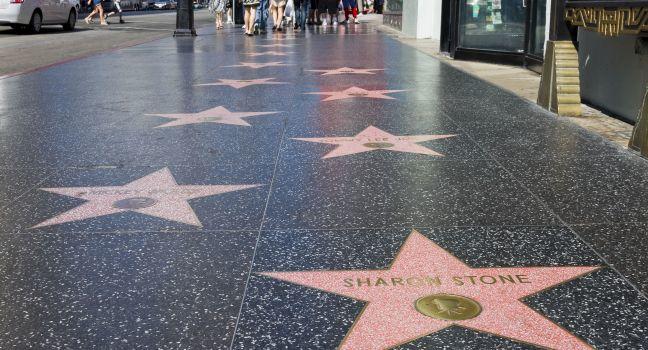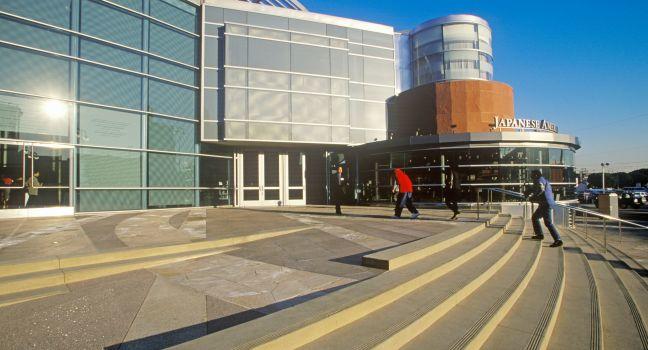The sweeping grounds of the Los Angeles Zoo are a terrific place to introduce young minds (and all minds) to threatened species of animals from all over the world and to encourage empathy for them at an early age. This accredited zoo's main focus is cultivating a connection to nature in the community, while educating, advocating, and creating action around animal welfare and conservation. The zoo is home to more than 2,100 mammals, birds, amphibians, and reptiles representing more than 270 different species, of which more than 58 are endangered. While coordinating with different organizations around the world, the L.A. Zoo also has its own in-house conservation programs, including innovative breeding strategies for reptiles, a successful Masai giraffe breeding program, and participating in efforts to restore the pronghorn species population. The care of the adorable residents of this 133-acre zoo is priority number one, and every effort is made to allow animals plenty of space and the agency to roam in their enclosures, to create environments that mimic their wild habitats, and to make enrichment toys available for play. The sprawling, 6.56-acre Elephants of Asia habitat boasts more than 3 acres of outdoor space, deep bathing pools, a waterfall, sandy hills, enrichment opportunities, and care facilities for elephants of all sizes and ages. The enjoyment of visiting humans is considered, too. In summer, the Zoo Friday Nights program allows visitors an opportunity to witness the more nocturnal residents. The sustainable wine and dinner series (21-plus) features gourmet farm-to-table menus, expert wine pairings, and conversations with a curator or keeper.
You'll need at least three hours to explore this zoo, but a full day is even better. Amenities include several restaurants, free solar-powered charging stations, water-refilling stations, and electric shuttles that can take you around the zoo for a small fee. Passionate and knowledgeable docents are also available to tell you more about the animals.





